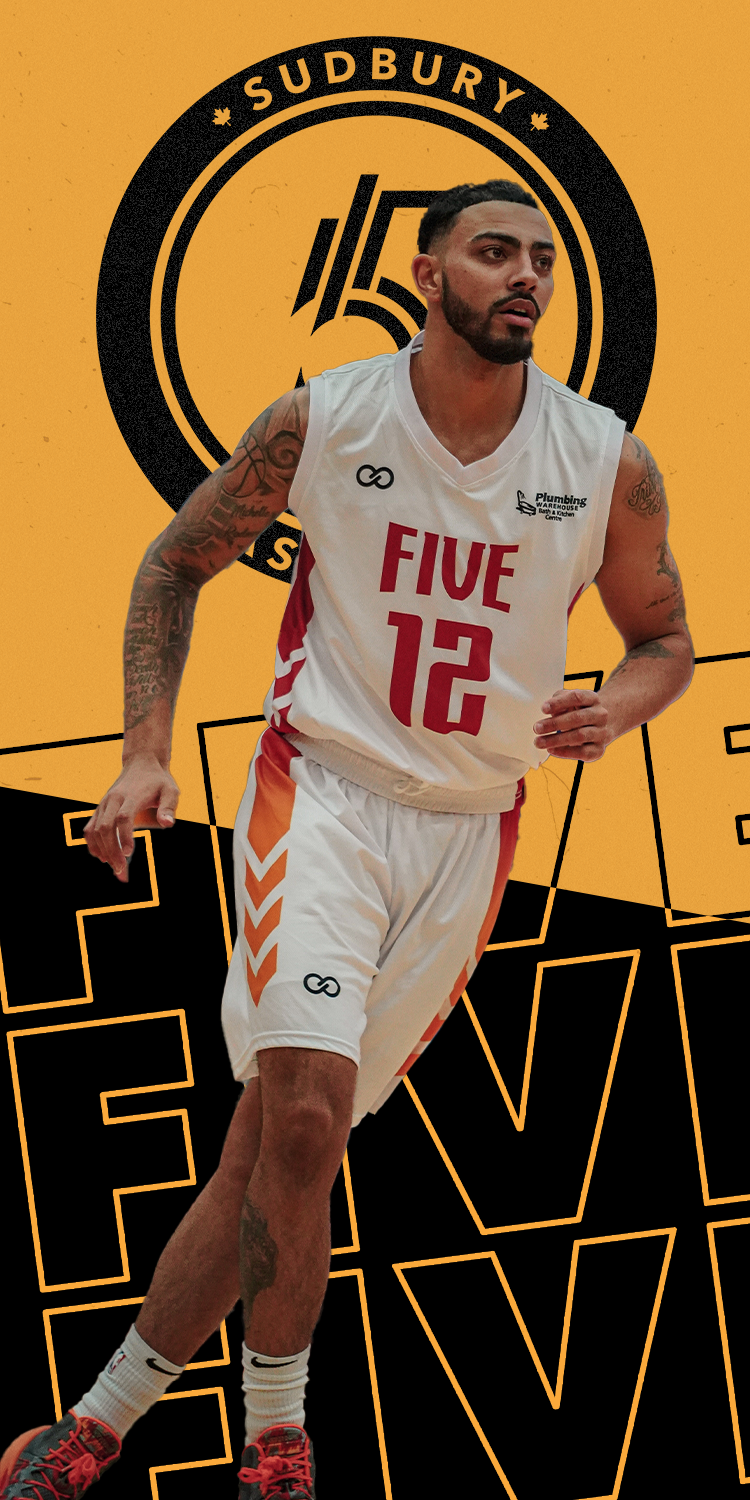
There is a great deal of shared respect that flows comfortably between local swim coaches Linda Tenhunen (Nickel City Aquatics) and Sharon Leger (Valley East Waves).
With neither in a position where their club coaching role constitutes anything close to a full-time career, at least not financially speaking, the women have relied upon a mirrored passion for the sport and the young swimmers under their care, the basis of their involvement that has spanned decades.
Now, they share yet another common thread, with both local coaches presented with Swim Ontario awards at the most recent provincial AGM earlier this fall.
The Lea Bredschneider Award (Tenhunen) and the Ontario Coaching Service Award (Leger) would make their way north in 2021, courtesy of a pair of individuals who would happily shun any spotlight directed their way: which is not to say that they are not appreciative of the recognition.
“I think some of this is recognition of my dedication to the athletes, to the club, to Swim Ontario – just my overall involvement,” said Leger. “It’s the idea of some other coaches recognizing that you’ve been around for a while,” she added with a laugh.
“I’ve never wanted to feel like this was a job,” Tenhunen offered. “For me, this is a passion, an avocation – but I am certainly not alone.”
In fact, Tenhunen did not even really begin down this pathway until well into her adulthood, signing up for a stroke improvement class, the timing of which coincided with her kids’ swim lessons. She has only just recently retired from her career as a palliative care physician, a vocation that definitely influenced the approach that she would bring to the deck of the pool.
“I find swimming fascinating,” said the 64 year-old still active coach. “It’s so multi-layered on a technical level; small things can make huge changes. And then there’s the psychology of the swimming. I probably started out more interested in the technical aspects, stroke efficiency and such.”
“As I evolved, I got to see how much more important it was to incorporate psychological aspects, a more holistic approach to developing a swimmer. Because I am a physician, I have always been interested in that aspect as well, in recovery, in nutrition, in mental health for the swimmers.”
Arguably, at no time in their coaching careers have larger obstacles been presented than these past two years, as swimmers across Ontario deal with a competitive landscape that is anything but ordinary.
“It was very challenging to do things virtually with them, with very little engagement that way,” Leger acknowledged. “It started out not bad, but it got down to just two swimmers and myself doing dryland every day.”
Still, there came a light at the end of the tunnel.
“We did some open water swimming this summer, which was nice, to get the kids involved in that way,” said Leger. “We get a run of stuff going and then the kids have to miss again. Our goal is to just stay in the water and do what we can.”
“I am noticing that we are getting a lot of new faces to the sport (this fall). Thankfully, we’re a small enough club that we can have the kids all in the water together.”
And while there are commonalities which bond the swim coaching compatriots, there are also differing strands to their journeys.
Leger can boast more than forty years of experience in the field, transitioning over to the role in her early twenties not all that long at all after the competitive swim days of her youth as a member of the Copper Cliff based Northern Ontario Aquatic Club.
Tenhunen never raced in a pool until she joined masters swimming in her late thirties/early forties, first getting a foot in the door in helping the kids via a more administrative function initially.
“Leah (her daughter) was swimming competitively and I started officiating, as a volunteer,” she recalled. “I didn’t see much point in sitting in the stands when I could be doing something useful. Being a swim official is interesting because you see, up close, how swimmers develop. I started paying more and more attention.”
“From there, I got involved in coaching, starting at a very low level, working with beginner swimmers and stroke correction.”
Little surprise that of the four primary strokes, Tenhunen (and quite likely many other coaches) find one discipline in particular a little more rewarding. “I really like it when a swimmer gets a really solid butterfly, with the rhythm and the timing,” she said. “That’s one of my favourite aspects.”
“The butterfly is a totally rhythm stroke – and it’s just so energy consumptive. You can’t do it for very long before you’re swimming “survival fly”,” she added.
Competitive swimming, like the coaches in its midst, is subject to constant growth. The breaststroke pullout now being preached differs substantially from the one which Alex Baumann perfected in local pools. And then there is the most noticeable change in the racing of the past ten to twenty years.
“The underwater (component) is the thing that has evolved the most; it’s evolved to the point where I would say that it’s now considered a fifth stroke,” suggested Tenhunen. “The importance of underwaters has really escalated. That certainly wasn’t the case when I started in swimming.”
While staying abreast of change might be more than a little time consuming, it’s an endeavour these coaches prioritize with enthusiasm. “I’m not a full-time coach, in that this is a career, but I still put in the same time and dedication as full-time coaches,” noted Leger.
“Seeing the kids in the water, training, even just for their mental health in terms of providing them something outside of school that they can be doing, that part is rewarding.”
Tenhunen agrees whole-heartedly.
“The passion and interest and fun that I get interacting with the swimmers – it’s just exciting to be on deck with these kids.”
And that is something that both Linda Tenhunen and Sharon Leger can relate to – and why their efforts were so deservedly acknowledged just a few short months ago.







